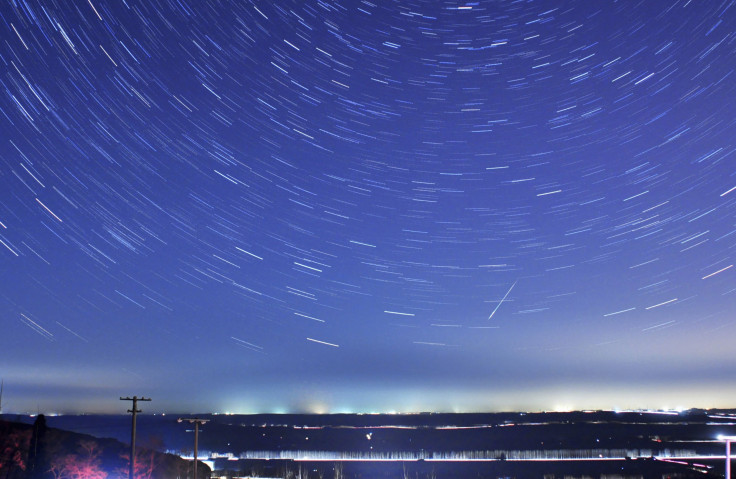Quadrantids: Don't Miss The First Meteor Shower Of 2021 This Weekend
KEY POINTS
- The first meteor shower of 2021 will peak this coming weekend
- Skywatchers may get to see the Quadrantids' signature bright fireballs
- Those who want to watch it should bring a blanket, wear warm clothes and have a lot of patience
Skywatching in 2021 begins almost immediately as the Quadrantids will grace the skies on the second to the third day of the new year.
The first major meteor shower of 2021 is set to peak this weekend, from late Saturday until the dark, pre-dawn hours of Sunday. For this meteor shower, skywatchers in the Northern Hemisphere are better positioned to catch the event because of its "high northerly declination," the American Meteor Society (AMS) explained.
According to the AMS, the Quadrantids typically have the potential to be one of the best meteor showers of the year, with NASA explaining that under "perfect conditions," it can produce some 60 to 200 meteors per hour. However, they usually end up not reaching this potential because of the poor weather during its early January peaks, the AMS said.
This year, it will be an 84% full moon that will obstruct the viewing experience. But the Quadrantids also tend to produce bright fireballs, so patient skywatchers may still catch a glimpse of them despite the bright moonlight.

Those who would like to watch the Quadrantids should really plan their skywatching experience because, as NASA explained, the Quadrantids' maximum activity tends to be much shorter at just a few hours compared to other meteor showers that can peak for two days.
Under dark skies, skywatchers can expect to witness some 25 meteors per hour, the AMS explained, although EarthSky notes that meteor showers tend to be unpredictable.
"Just know that meteor showers are notorious for defying the best-laid forecasts," EarthSky said. "Thus for the Quadrantids — as for any meteor shower— your best plan is simply to look for yourself."
Those who would like to watch the first meteor shower of 2021 should come prepared with a blanket or a lawn chair, some warm clothes, and a lot of patience. They won't need any special equipment apart from their eyes, but it would be best to view the event from a place that's far from the city or street lights and where they can have a wide view of the sky.
As NASA explained, skywatchers only have to lie flat and look up at the sky. They can begin seeing the meteors after around 30 minutes when their eyes have adjusted to the darkness.
As always, it's important to be patient when trying to watch the meteor shower.
"Be patient — the show will last until dawn, so you have plenty of time to catch a glimpse," NASA said.
© Copyright IBTimes 2025. All rights reserved.






















